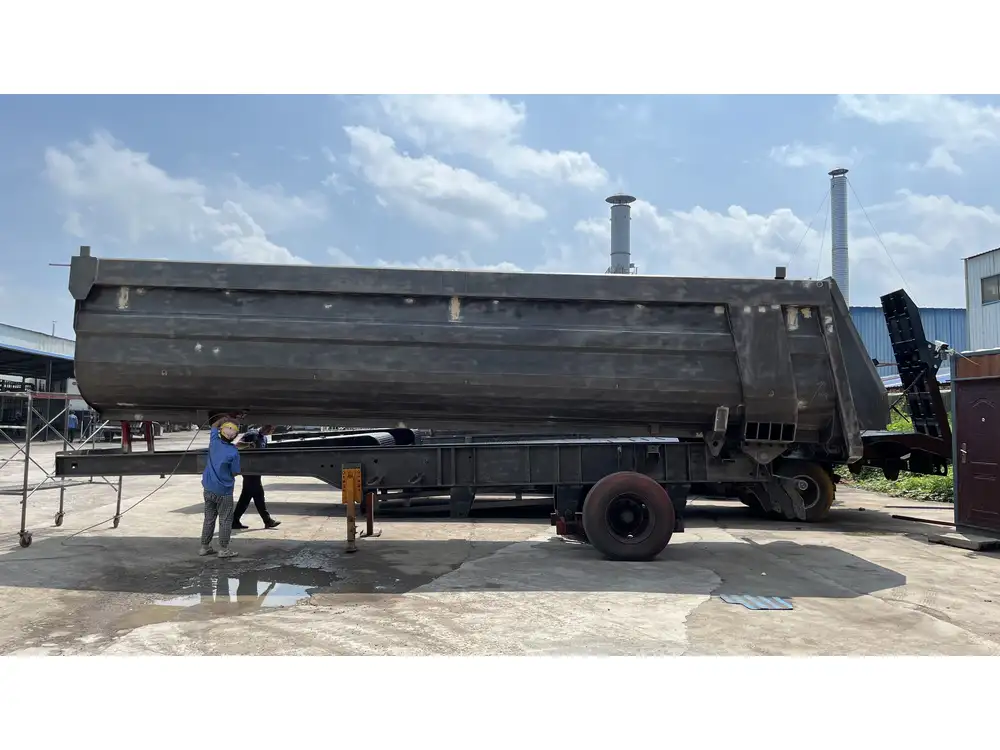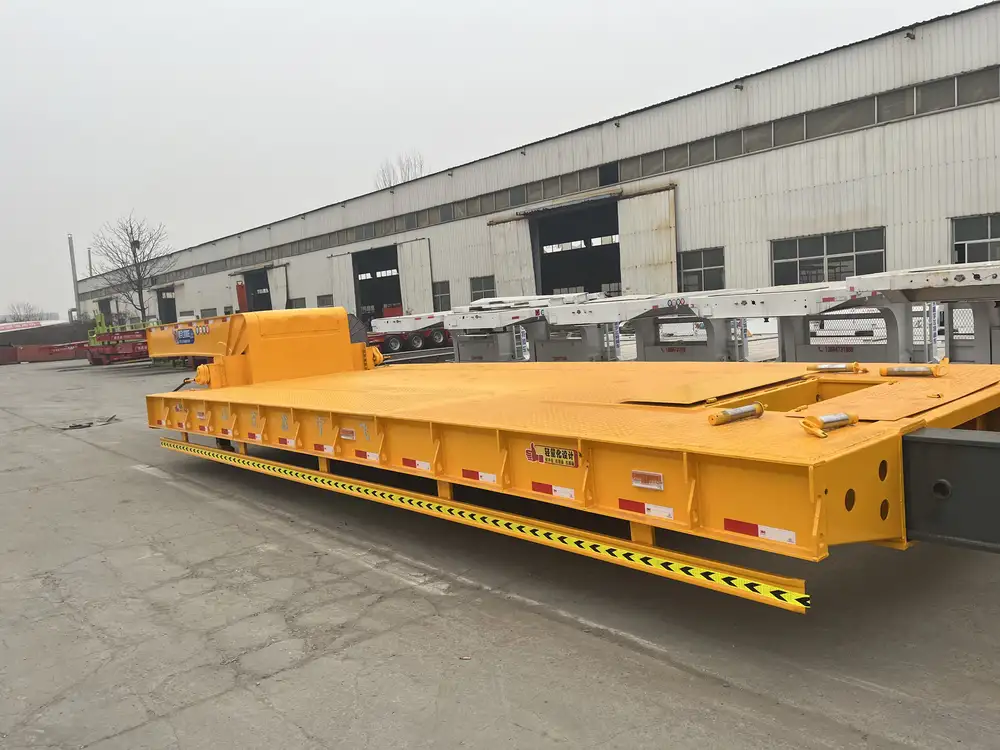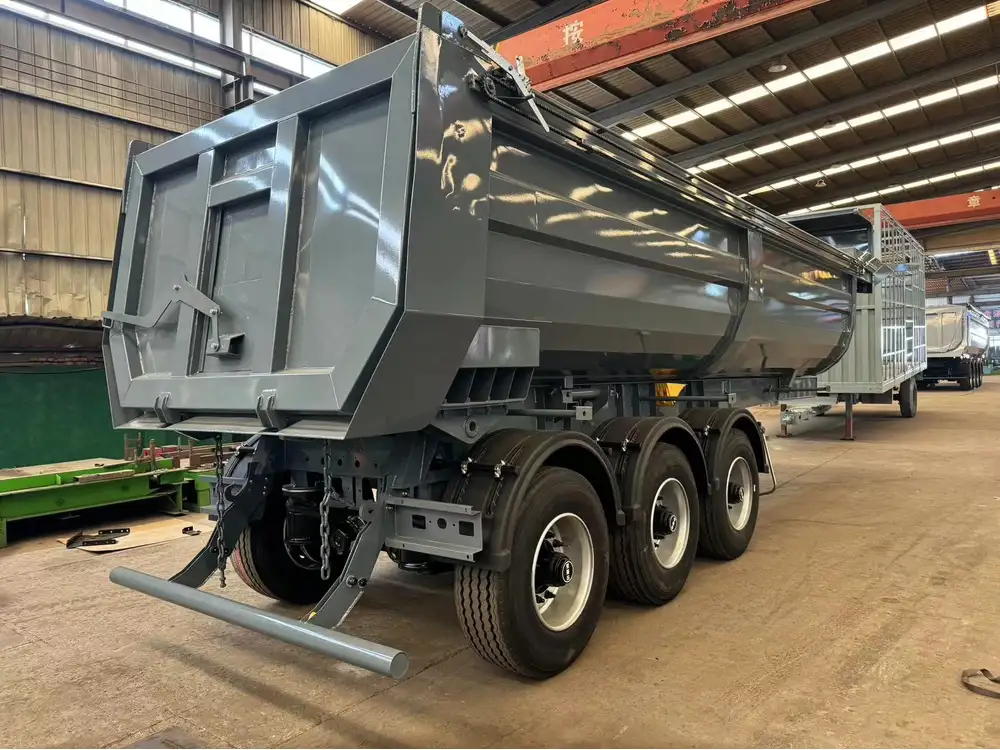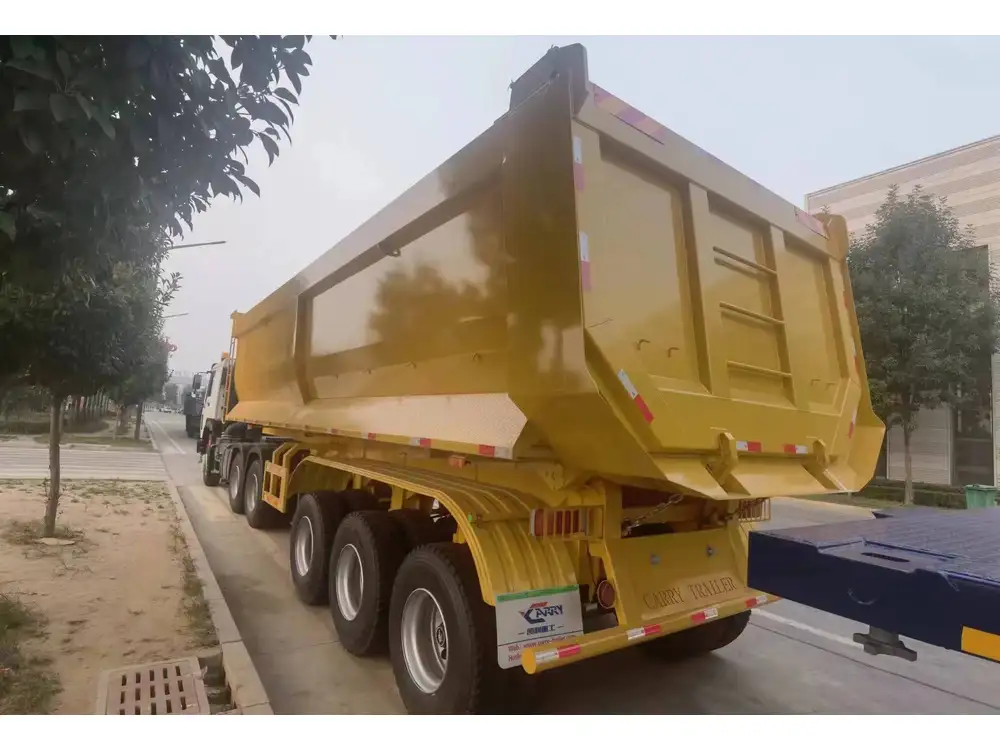Navigating the world of semi-trailers often requires a depth of knowledge that transcends simple driving skills. Among the myriad of challenges that operators face, the act of backing up is prominently challenging yet critical to hauling operations. Understanding how hard it can be to back up to a semi-trailer involves not just technique but also an appreciation for the physiological, mechanical, and operational elements at play. Herein, we delve into the intricacies, strategies, and common pitfalls associated with this essential maneuver.
Understanding the Basics: The Dynamics of Backing Up
The Physics Involved
When backing a semi-trailer, several forces are at play. These range from the weight distribution of the cargo to the trailer’s jackknife risk and potential runaway conditions. Proper weight distribution is crucial in maintaining stability during the maneuver. Factors such as:
- Center of Gravity: The higher the cargo’s center of gravity, the more susceptible the vehicle is to tipping.
- Length of the Trailer: Longer trailers have larger turning radii, affecting how they track when maneuvering backward.
- Road Conditions: Wet, icy, or uneven surfaces can drastically alter traction and control.
These components interact to create a complex dynamics profile for backing up a semi-trailer, making an understanding of physics fundamental to mastering this operation.

Equipment and Components
Every semi-trailer is equipped with various components that influence backing capabilities. Some of the primary elements include:
- The Fifth Wheel Coupling: This pivotal part connects the trailer to the tractor and allows for articulation. A well-lubricated and appropriately maintained fifth wheel will facilitate smoother backing.
- Trailer Axles: The configuration impacts how the trailer tracks during maneuvers. Tandem axles often provide better stability compared to single axles.
- Mirrors and Cameras: Modern semi-trucks may incorporate advanced camera systems to assist in visibility, reducing blind spots and enhancing safety while backing.
Common Backing Techniques
Achieving proficient backing requires familiarity with various techniques, each suitable for specific scenarios. Mastery of techniques such as the straight-line backing, blind side backing, and offset backing plays a critical role in enhancing a driver’s confidence and competence.
| Backing Technique | Description | Best Used For |
|---|---|---|
| Straight-Line Backing | Reversing in a straight line | Open spaces without obstacles |
| Blind Side Backing | Backing into a dock that is on your non-dominant side | Tight spaces, reverse into difficult docks |
| Offset Backing | Reversing the trailer to change its angle | Docking at an angle or maneuvering near other vehicles |
Challenges in Backing Up to a Semi-Trailer

Spatial Awareness and Environmentals
One of the most pressing issues in backing to a semi-trailer stems from spatial awareness. This includes recognizing the dimensions of both the tractor and the trailer as well as the surrounding environment—other vehicles, pedestrians, and physical barriers. Common challenges include:
- Diminished Visibility: Effectively gauging distance and angle can be challenging; thus, a thorough pre-maneuver assessment is invaluable.
- Dynamic Environment: Moving obstacles, such as pedestrians, road construction, or other vehicles, can heighten the complexity of backing maneuvers.
The Psychological Aspects
Backing a semi-trailer is not just a physical task; it has psychological implications as well. Drivers may experience anxiety or stress due to pressure to complete maneuvers swiftly and effectively—feeling rushed can lead to mistakes. Some psychological barriers include:
- Fear of Accidents: The threat of colliding with obstacles can increase tension, impacting decision-making capabilities.
- Confidence Levels: Experience in backing can bolster confidence; however, novice drivers may struggle, leading to frustration.
These mental barriers must be addressed through proper training, practice, and a supportive driving environment.
Best Practices for Backing Up

The Pre-Backing Checklist
Before initiating the backing process, it is essential to conduct a thorough pre-check:
- Inspect Surroundings: Walk around the trailer and ensure the area is clear of obstacles.
- Check Mirrors and Cameras: Adjust mirrors to minimize blind spots and ensure camera systems are functioning.
- Assess Weight Distribution: Ensure the load is balanced to maintain stability during the maneuver.
Techniques for Effective Backing
Successful backing also relies on technique. Here are key strategies to keep in mind:
- Go Slow: Gradual movements facilitate better control and reaction times.
- Turn in the Right Direction: When backing, remember: steer towards the spot where you want the trailer to go.
- Utilize Spotters: When possible, enlist the help of a spotter who can provide guidance and alert you to potential hazards.
The Reverse Path
Establishing a clear path before backing is crucial. Consider the following steps to visualize your route:
- Position Yourself Correctly: Depending on the backing technique chosen, position your vehicle to maximize visibility and minimize sharp angles.
- Create a Mental Map: Visualize the trajectory of the trailer, considering the movement of both the truck and trailer during the maneuver.

Practice Makes Perfect
Repetition is critical. Engage regularly in practice sessions in a controlled environment, such as a trucking school’s training yard or an empty parking lot. This reduces anxiety and hones your backing skills, ultimately allowing for fluid movement on the roadway.
Advanced Techniques for Experienced Drivers
Using Technology Wisely
Modern advancements in technology provide tools that aid in backing operations. Features such as:
- 360-degree Cameras: These systems provide a comprehensive view around the truck, enhancing depth perception and situational awareness.
- Proximity Sensors: Alerts assist in navigating tight spaces by detecting nearby objects.
Though these technologies can greatly enhance safety, they should not replace the necessity of driver skill and engagement.

The Art of Jackknife Maneuvers
In certain situations, drivers may need to perform a jackknife maneuver—this complex operation involves bending the tractor-trailer at a sharp angle to navigate tight spots. Precision is necessary, as improper technique can lead to collisions or trailer damage.
Consider the following when attempting a jackknife maneuver:
- Situational Awareness: Recognize the constraints and potential hazards around your environment.
- Slow and Steady: Maintain a slow pace while making adjustments; rapid changes in movement can lead to instability.
Troubleshooting Pitfalls
Common issues that may arise while backing up include:
- Counter-Steering Mistakes: Many drivers unintentionally oversteer, exacerbating the angle and making correction difficult.
- Accidental Trailers Disconnect: Failing to check the connection can lead to dangerous situations during backing.
To prevent these pitfalls, thorough inspections, clear communication, and methodical movements are essential.
Concluding Thoughts: Mastering Backing Up
Perfecting the art of backing up to a semi-trailer is a learned skill that demands patience, practice, and a deep understanding of your vehicle and environment. With this comprehensive guide, we provide you with the knowledge and techniques necessary to tackle backing maneuvers with confidence. Whether you are an industry veteran or a newcomer, employing best practices, your backing skills can be greatly enhanced.

Final Tips for Success
- Stay Calm Under Pressure: Remember that every driver faces challenges; calmness fosters better decision-making.
- Keep Learning: Engage in continuous learning through professional development courses or on-the-job training.
- Safety First: Prioritize safety above all—your life and the lives of others depend on careful operations.
As you embrace these strategies and insights, you will not only improve your backing capabilities but also significantly enhance your overall performance as a semi-trailer operator. Happy hauling!



